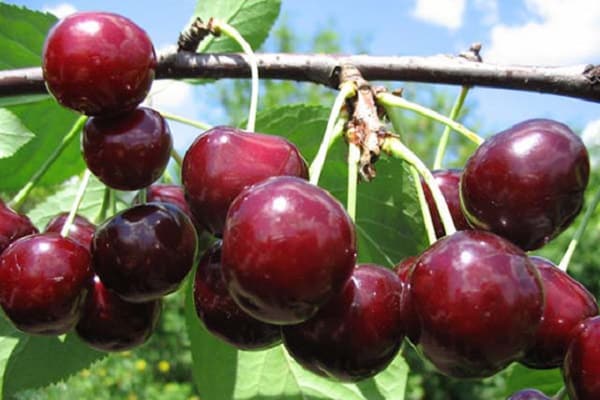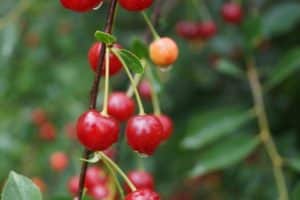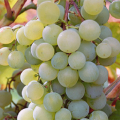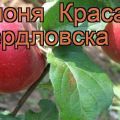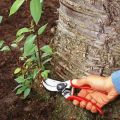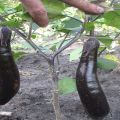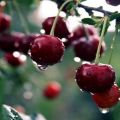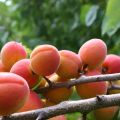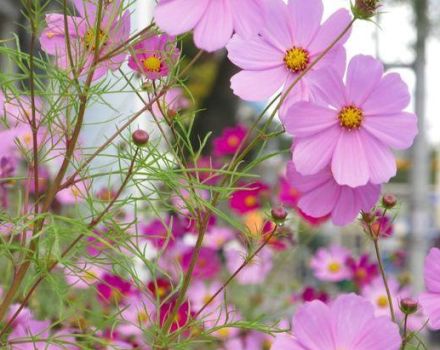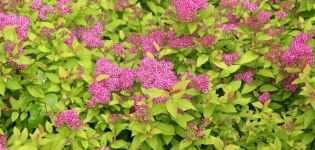Description of Krasa Severa cherry varieties and characteristics of fruits and trees, cultivation
The summer resident wants to plant a tree that fits all the requirements. Successful cultivation requires a lot of attention to learning information about the species. Kras Sever cherry has a positive reputation. Summer residents appreciate it for its positive qualities, including high frost resistance, immunity and more.
Description of the variety
A hybrid of cherry and cherry Krasa Severa was obtained by breeders for a long time, but still does not lose its authority and recognition among gardeners. Back in 1885, a cherry seedling was fertilized with cherry pollen. At first, it bore fruits of a white hue, gradually the color changed, and the cherries turned pink.
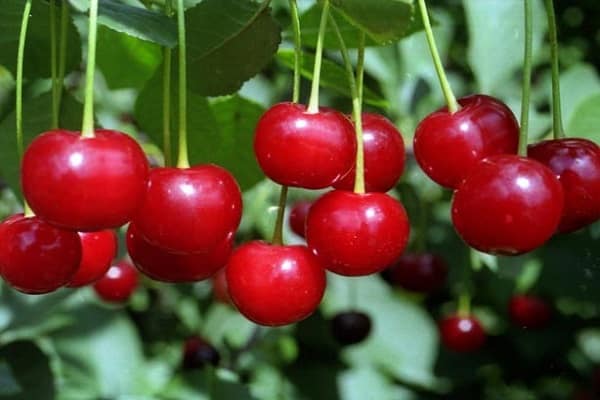
The description of the variety shows that the tree is very hardy. The only condition for its effective cultivation is fertile soil. Without this, the yield is significantly reduced.
Specifications
For proper cultivation, you should study the characteristics. Sometimes summer residents unknowingly make unforgivable mistakes when planning or caring for a young tree. As a result, part of the crop is lost.
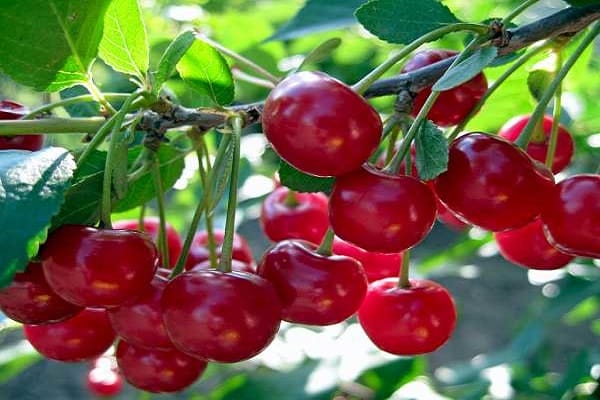
Winter hardiness
The variety is suitable for growing in areas with severe winters. Excellent frost resistance allows you to grow a tree without fear. But in regions with low temperatures down to -35 ° C, gardeners prefer to additionally wrap trees for the winter.
The tree itself and the fruit buds are resistant to frost. Flowers withstand returnable spring frosts.
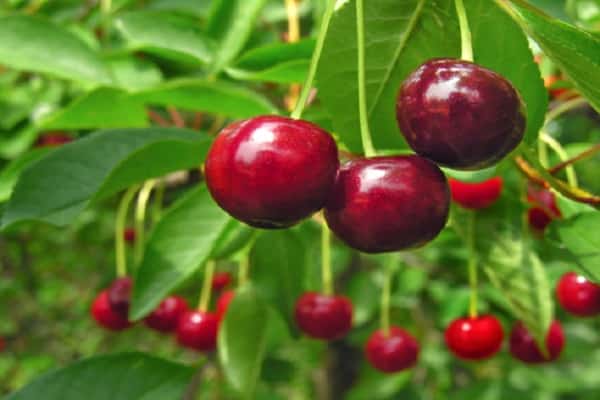
Fruit
Unusual berries are large and very tasty and have the following characteristics:
- pink colour;
- shape: round;
- skin: elastic, smooth;
- the taste is sweet with a slight sour taste;
- weight 8 g;
- diameter 30 mm;
- light juice.
Due to its appearance, the fruits are not touched by birds.
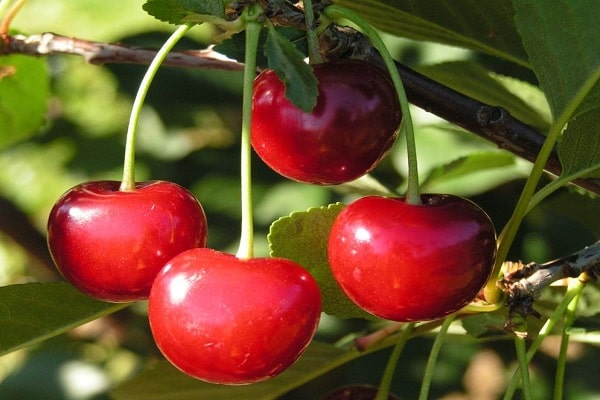
Dimensions of the tree
Plant height does not exceed 3 m. The crown is wide, spreading. The peculiarities of the tree make it possible to use Krasa Severa cherry for decorating a garden or other areas. The leaves on the tree are large. They have features that make it easy to distinguish this species from other varieties, even at a young age:
- the length of the sheet plate is 14 cm, the width is 9 cm;
- color is dark green, matte;
- leaf-noses are red, have warty protrusions.
In conditions of sufficient heat supply, the tree is not vigorous, which greatly facilitates the process of care and harvesting.
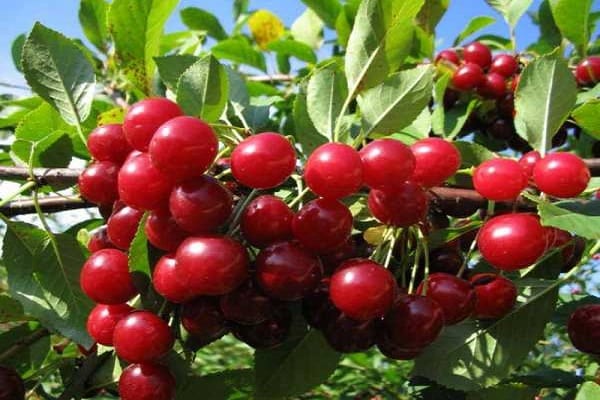
The timing of flowering and ripening of fruits
It blooms early, abundantly and is not afraid of recurrent frosts. In the first decade of July, the first cherries are harvested. The berries ripen together, steadily, every year. There are no breaks.
The yield is high, about 15-20 kg per tree, depending on the care and efforts of the gardener.

Disease resistance
The immunity to diseases in Krasa Severa cherry is average. If you carry out preventive treatments, then the tree is not afraid of either viruses or fungi. This should be done in spring and autumn.

They are treated with chemicals until the flowering period. Then they use folk methods to fight diseases. So the fruits remain environmentally friendly, harmless to human health.
Planting and care rules
To grow a decent harvest, you need to plant a tree correctly. For planting, choose a sunny place, preferably protected from a draft.
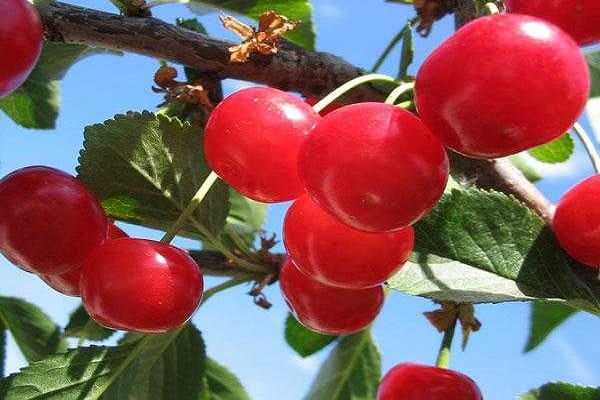
Cherry does not like stagnant water, so they do not allot a site in the lowland. A hole is dug in advance in the fall, if planting is planned in the spring. The earth for falling asleep is mixed with humus, a little sand and mineral fertilizers are added. Mix everything well. The seedling is planted along the root collar. Sprinkle with the prepared soil mixture, watered well.
Further watering is carried out once a week or two. Depending on how rainy the period is. After the earth dries up a little, the trunk circle is loosened. This will provide oxygen and retain moisture in the soil. Top dressing is carried out systematically 2-3 times per season.
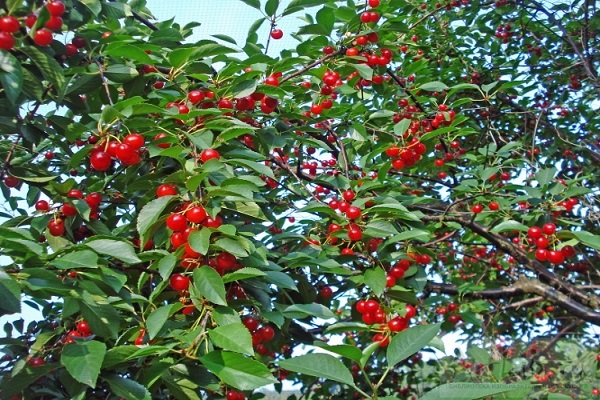
Planting the Krasa Severa cherry on the plot is worth those gardeners who live in a harsh climate. The tree firmly resists severe frosts and produces a harvest every year.
